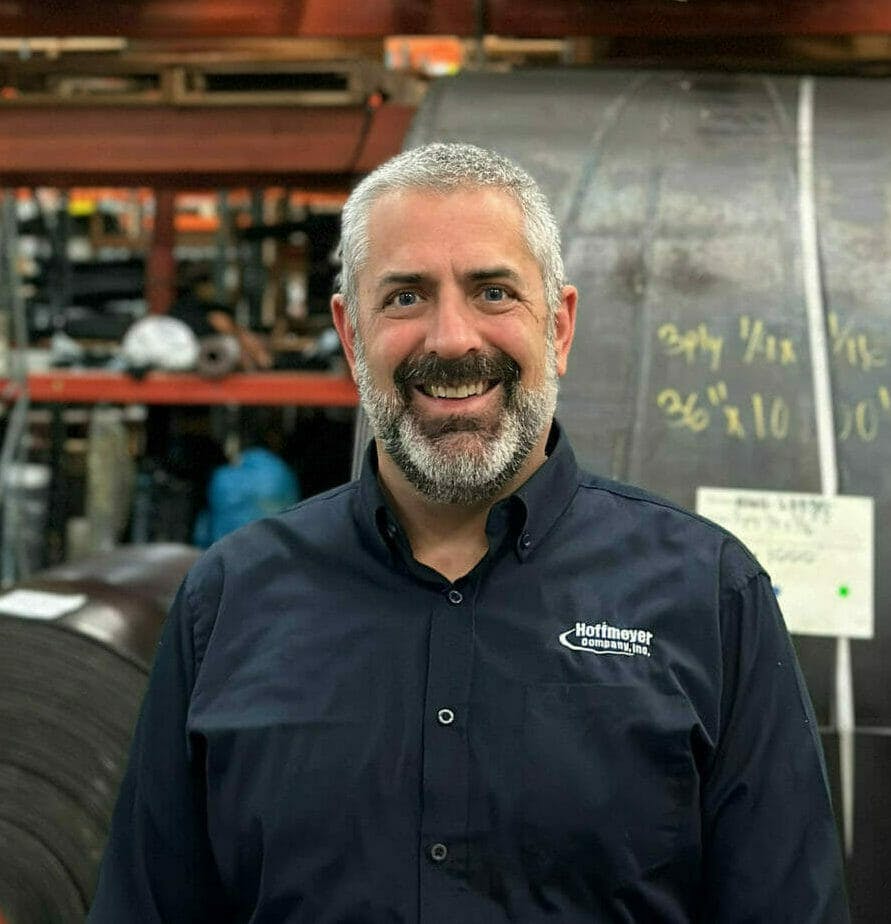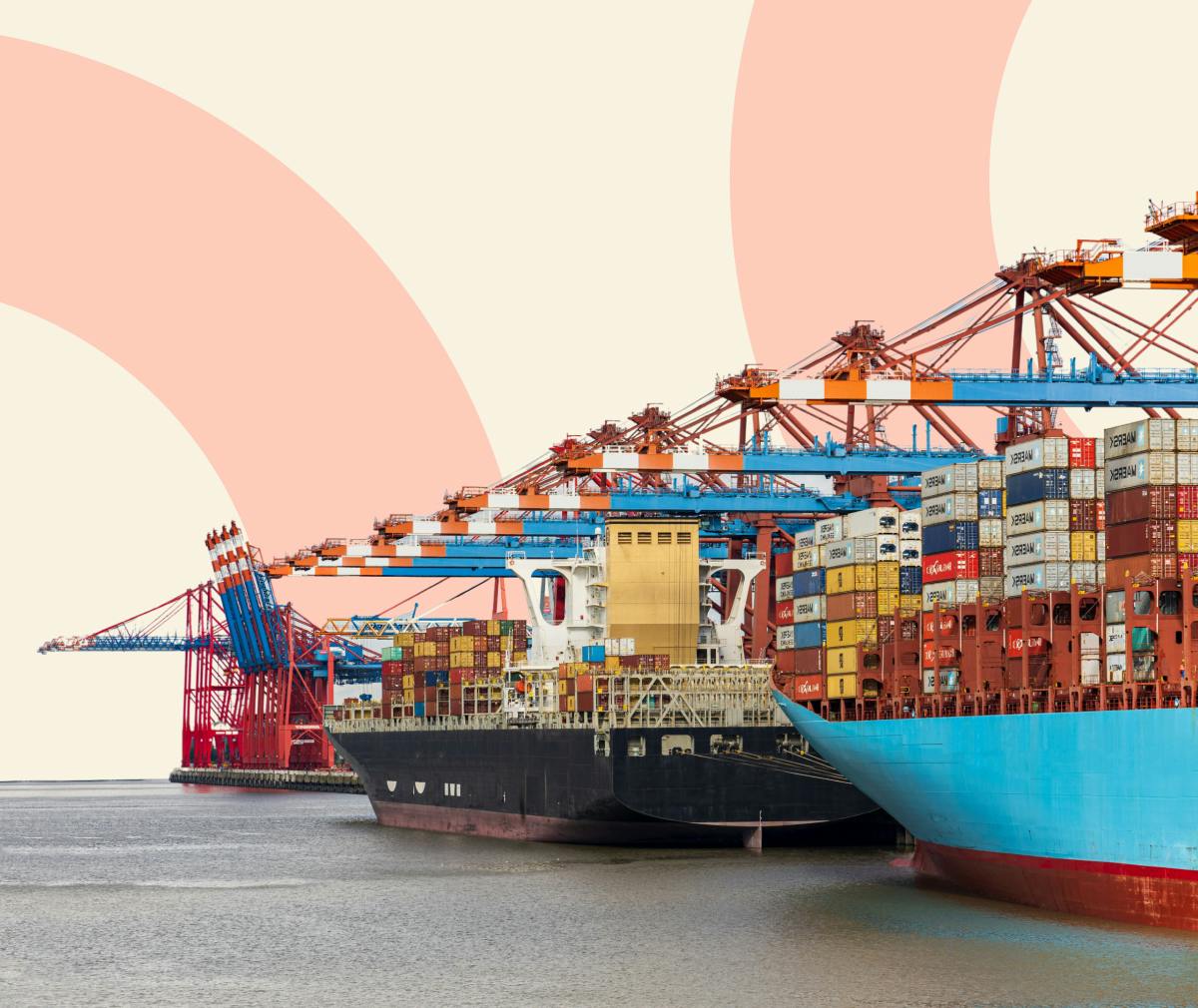Recurrency

Recurrency x Gad Allon: Demystifying the Supply Chain
When it comes to global supply chains, you’ll be hard-pressed to find anyone more well-versed in the space than Gad Allon.
On top of his role as a professor of operations, information, and decisions, Gad is also the director of the Management & Technology program at the Wharton School. He conducts category-defining research on service operations, the gig economy, and (of course) supply chain management.
Gad recently sat down with the Recurrency team to dive into his expert takes on supply chains over the years. He covered topics including:
- Critical risks and threats to global supply chains over the next decade
- How COVID impacted supply chains via lockdowns and demand shocks
- Why teams should leverage technology to improve supply chain operations
“Since 2012, people have optimized for lower costs. Most supply chains weren’t really built to handle the big risks we’re going to see over the next few years.”
- Gad Allon
Supply Chain 101: Enter Gad Allon, Wharton Professor
Before we gauge supply chain trends, we must understand the term “supply chain” itself.
The term supply chain was coined in the 1990s — around the time that, according to Gad, China emerged as the global center for manufacturing. The concept of supply chain, of course, is inseparable from that of manufacturing – with the “chain” in supply chain representing the complex network of raw materials suppliers, manufacturers, distributors, and retailers working seamlessly together to bring products to market.
Over the last three decades, supply chain has witnessed two major trends:
- Outsourcing, where companies move the assets required for manufacturing to other corporations, in order to optimize return-on-invested-capital and “keep the balance sheet clean”
- Offshoring, where companies arbitrage labor costs to produce goods in low-cost countries
However, when COVID-19 arrived in 2020, it was a shock to both trends. Companies that had routinely outsourced and offshored their production had grown fragile in their operations, and as a result, the supply chain crises of 2020 and 2021 began.
Case Study: Automotive Supply Chains During COVID
To illustrate the exact dynamics of the COVID supply chain crisis, Gad points to the automotive industry. As Gad explains,
“What made COVID really interesting is that it was a demand shock and a supply shock at the same time.”
- Gad Allon
Phase 1: The Expectation of Reduced Demand
By mid-to-late March 2020, most of the U.S. was in active lockdown, faced restricted mobility, and/or worked from home.
Auto manufacturers anticipated a massive shock to demand. After all, when they looked to history, like the 2008 financial crisis and recession, no one was rushing to buy a car when the world was in freefall.
As a result, many auto manufacturers told suppliers to halt production of input parts, given that demand was expecting to recede.
Phase 2: The Shock of Soaring Demand
Fast forward to May 2020. Thanks to government stimulus checks, Americans actually had more cash in the bank than anticipated. Further, the typical candidates for loose cash – restaurants, vacations, etc – were frozen, as indoor dining and flights were outside of many’s comfort zones.
Americans weary of public transportation could drive to work, and families unable to fly could embark on a road trip to the nearest national park. As a result, demand for new cars was strong throughout the pandemic.
Phase 3: Supply Shocks + Rising Demand = Supply Chain Crunch
After three decades of outsourcing and offshoring, the auto supply chain had been optimized to be low-cost and asset-light.
The average car has 30,000 parts in it. The complexity of the auto supply chain is immense, and its business impact is paramount. After all, having 29,999 parts on-hand enables you to produce precisely zero cars.
Thus, when even a single auto part factory halted production when their workers got sick, automakers – whose lowered expectations of demand left them with reduced inventory already – would soon be stuck with halting production, too.
Outside of the automotive industry, Gad emphasizes that a similar sequence took place for everything from coffee and lumber to kettlebells and toilet paper.
How Businesses Adjusted (or Failed to Adjust) After 2020
After the earliest waves of the pandemic, many firms resolved to restructure their supply chains to be nearshore, which would enable them to manage fluctuations in demand by having a closer – albeit slightly more expensive – vendor with a lower lead time.
However, supply chains are fundamentally physical infrastructure: factories, warehouses, trucks, ships, ports, and more. They move very slowly.
Without the ability to change their physical infrastructure overnight, many companies simply increased their inventory to cover demand spikes. As a strategy, carry more inventory works – until it doesn’t.
As the pandemic cooled and the stimulus checks stopped coming, most product-centric businesses found themselves overstocked with inventory they couldn’t sell. Turnover periods extended, and inventory write-downs followed. From the mom-and-pop to Walmart, overstock was a theme of 2022.
Three Major Risks on the Horizon for Global Supply Chains
With most COVID-era supply chain issues resolved, there is much for companies to learn from the experience. As Gad shares, there will be significant challenges in the future, and companies today should begin to think about their sourcing plans in the context of the sets of risks.
1. Health-Related Risks
While this risk may sound specifically inspired by COVID, Gad has been predicting since 2009 (!) that a pandemic would be the single most impactful shock on supply chains.
2. Geopolitical Risks
Unfortunately, geopolitical challenges like the war in Ukraine will continue to emerge and impact global supply chains for decades to come.
In response, one new trend in supply chain literature is friendshoring: a new version of nearshoring that calls for aligning your supply chain based on not just proximity, but also political allyship.
3. Cybersecurity Risks
Supply chain technology has only become more and more critical for businesses over the past decade. With increased capital-at-risk and consequences for firms, cybersecurity threats and hacks will become more common.
Just think back to the massive shortage of cream cheese in 2021 due to a ransomware attack on a leading dairy producer.
“Since 2012, people have optimized for lower costs. Most supply chains weren’t really built to handle the big risks we’re going to see over the next few years.”
- Gad Allon
Why Teams Should Leverage Technology to Improve Supply Chain Operations
To grow through the aftermath of COVID and new challenges around the corner, firms need to make a trade-off: do they value resilience or cost?
Building a highly resilient supply chain is an expensive undertaking — enough for businesses to decide it’s not worth the price.
However, a game-changing solution — for both strategy and tactical execution — could be technology.
How Technology Enhances Decision-Making Across Supply Chains
Leveraging the right technology – such as analytics and automations – can guide firms in structuring both a resilient and cost-efficient supply chain. Advanced supply chain operators use technology to:
- Granularly forecast demand, to thread the needle between overstock and understock
- Automate their purchasing cycle, so that tactical errors don’t pile up
- Estimate lead times, to synchronize their operations with their vendor
- Generate flexible reports to solve many bespoke, idiosyncratic business issues
According to Gad, more and more firms are going the tech-forward route. With new technology, teams can make more data-informed choices with clear recommendations on what they could do to best mitigate and address risks on the horizon. As Gad says:
“If you ask me where technology can be really helpful, it’s helping decision makers forecast, process, and understand data-informed decisions.”
- Gad Allon



